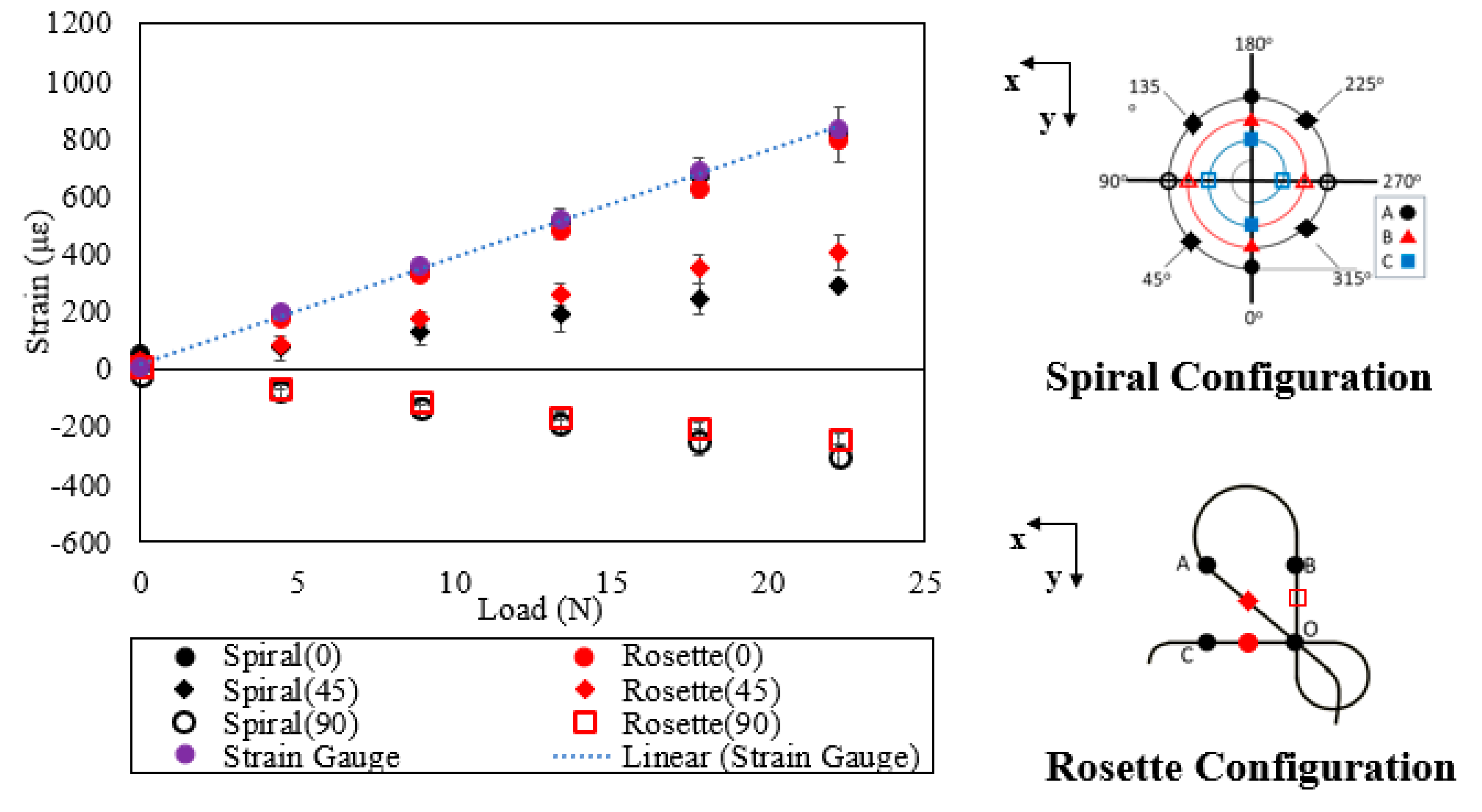
ropes are good in tension (pressure from inside) while they can’t handle compression (pressure from outside) is a bit of an oversimplification, but it does a good job of giving you an intuitive understanding of why CFRP isn’t the most obvious material to pick when you’re going 4 km down in to the ocean.ĮDIT: OP, “5 times stronger than steel” is a nice catchphrase, but it’s meaningless. Theoretically you can make pressure vessels out of carbon fibre, but you have to do it right. I think it’s fairer to say that carbon fibre is a very unforgiving material for the sub. compressive force, which would be what the issue is deep under water. There's also a difference between tensile and compressive strength in carbon fiber, which is good at keeping internal pressure at bay, as might be demanded in space travel or flight, but is not so good at dealing with external pressure viz. There's also galvanic effects, differences in electrical conductivity between the carbon fiber and titanium caps that can lead to degradation under extreme pressure. Eventually this slight weakening can lead to implosion. That dries out and the salt recrystallizes, then if they take it back down, the same thing happens, with the salt creeping deeper into the hull bit by bit, causing microscopic damage in the form of delamination and tiny cracks to the hull with each dive and pressure cycle. It is permeable and because of that, salt water creeps into the hull, no matter how slightly: a little bit does. Ultra High Modulus carbon fibers are extremely stiff with values of 110msi, however tensile strength is even further degraded to 425 ksi.īy choosing between these options the engineer is best able to meet his stiffness, strength, and cost objectives when designing a carbon fiber composite part.It's the way it is structured in wound fibers suspended in a resin. This fiber will produce a part that is much stiffer, but not quite as strong. High Modulus carbon fibers are created through specialized heat treatment processes which deliver much higher msi values around 57 msi, but at a reduced tensile strength of 640 ksi. Intermediate Modulus carbon fibers have a slightly higher Modulus of 43-47 msi and tensile strength 800 -1000 ksi High Modulus Carbon Fiber These fibers exhibit a fiber modulus of 33-36 msi and can have tensile strength of 500-700 ksi Intermediate Modulus Carbon Fiber Standard Modulus carbon fibers are recognized as the most common and cost-effective fibers.

the greater the stress necessary to cause deformation). The higher the modulus, the stiffer the material (i.e. Modulus is typically expressed in msi (million pounds per square inch) or Gigapascals. Modulus of Elasticity, also known as Young's Modulus, is commonly used to predict or measure the stiffness of a tube or plate. On a stress strain curve, Elastic Modulus can be seen as the slope between two stress/strain points in the elastic region, and can be calculated as the difference in stress divided by the difference in strain. Modulus of Elasticity (E) is a measurement of the stiffness of a material, and is defined as the ratio of stress to strain when the material is deformed.

What does Modulus (or Modulus of Elasticity) Mean In this quick article, we are going to cover the differences between standard modulus, intermediate modulus, high modulus, and ultra high modulus. The raw fiber is drawn and heated to high temperatures in an anaerobic environment to achieve its remarkable properties. Most carbon fiber is made from an industrial fiber called polyacrylonitrile fiber.


 0 kommentar(er)
0 kommentar(er)
